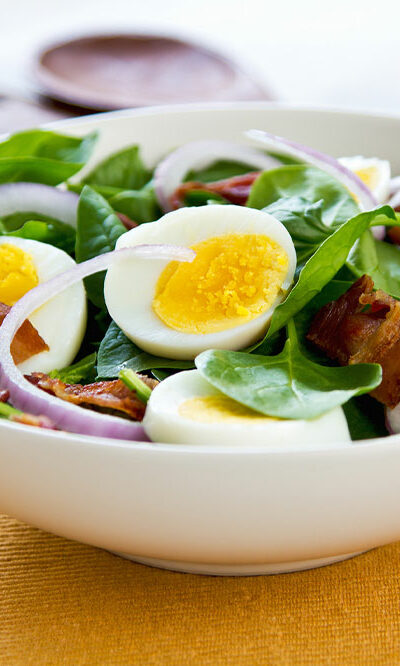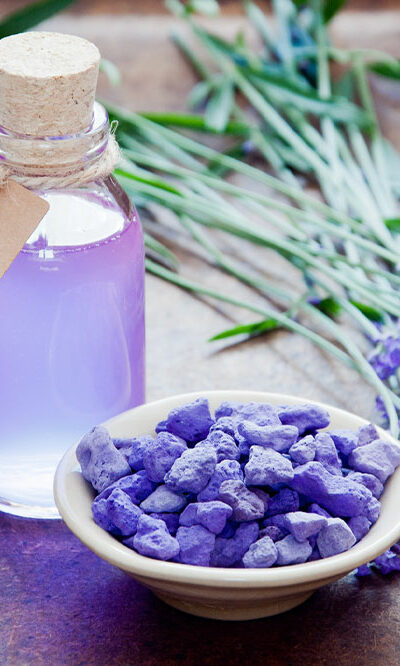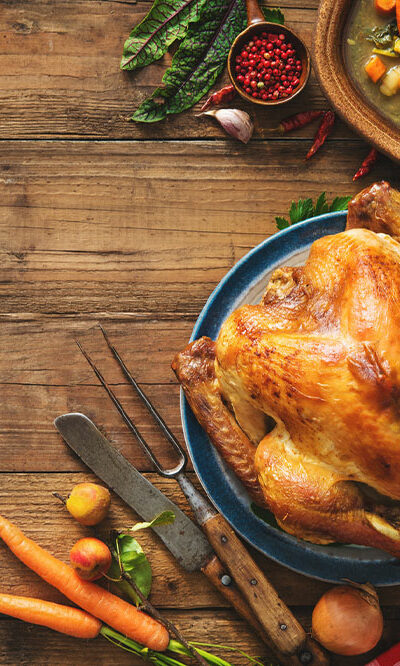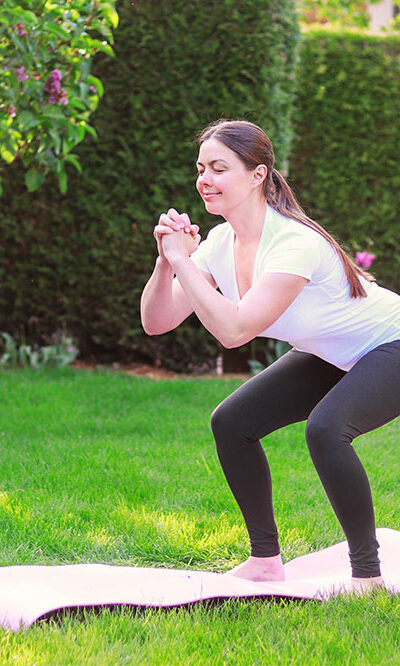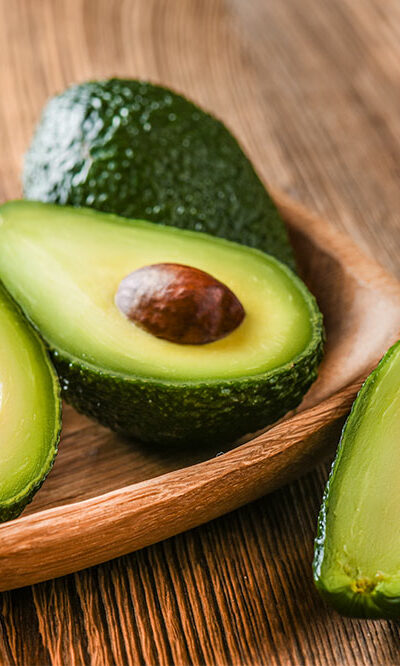
3 kitchen ingredients to fight fleas and ticks on dogs
Fleas and ticks are parasites that cause discomfort and health risks to dogs and nuisance to pet owners. While commercial products are available to help fight these parasites, some people opt for repellants made of kitchen ingredients that are commonly available and have properties that help eliminate fleas and ticks effectively. These products do not include harmful chemicals. They also suit individuals who are concerned about the environmental impact of alternative pest control techniques. Lemon juice Lemon juice is one of the most effective kitchen ingredients for fighting fleas and ticks. There are two ways in which one can use this common kitchen ingredient for this purpose. Firstly, one can prepare a bath for their dog with diluted lemon juice. For this, combine two cups of water with half a cup of freshly squeezed lemon juice. One can then add their dog’s regular shampoo to the mix, which will create the perfect bath to eliminate fleas and ticks. Another way to use lemon juice is to dip the dog’s comb into fresh lemon juice and run it through their fur. Apple cider vinegar One can also make use of apple cider vinegar in multiple ways to eliminate fleas and ticks. One of the recommended approaches involves creating a spray solution by diluting six cups of apple cider vinegar with four cups of water, supplemented with some table salt. This will create the perfect mixture that one can spray onto the dog’s fur to get rid of parasites. Besides this, one can also mix a teaspoon of apple cider vinegar with four cups of their dog’s drinking water. If the dog likes the taste of this, it can be an effective remedy to get rid of fleas from its fur. Baking soda with salt If a dog has fleas or ticks, there is a good chance that the pests have infested the house, too.


